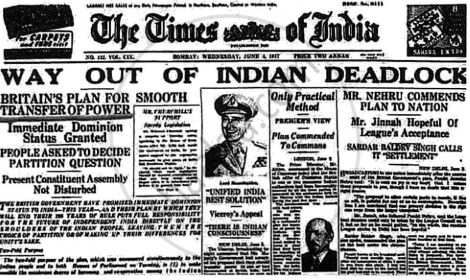Advertisements
Advertisements
प्रश्न
After the termination of the Second World War the freedom movement entered a new phase. In this context briefly describe the proposals of Lord Wavell.
उत्तर
Lord Wavell, then proposed Wavell’s plan, which contained the following characteristic features:
(i) The British Government aimed at granting Dominion Status to India in the long-run.
(ii) Indians would be themselves responsible for drawing the new Constitution of India.
(iii) The Viceroy’s Executive Council would consist of Indians only with the exception of the Viceroy and the Commander-in-Chief.
(iv) The Hindus and the Muslims were to be equally represented in the Viceroy’s Executive Council.
(v) The Governor General would retain the veto power which he would use only in the interest of the people of India.
This plan was almost the reproduction of Sir Stafford Cripps plan of March 1942. It only spoke about the reconstruction of the Viceroy’s Executive Council in an amended form.
APPEARS IN
संबंधित प्रश्न
With reference to the transfer of power to India, answer the following:
Why did the Congress accept the Mountbatten Plan?
Write any two reasons for the acceptance of the Mountbatten Plan by the Congress.
Who replaced Lord Wavell as the Viceroy of India?
Or
Name the last British Viceroy of India.
Mention two proposals of the Wavell’s Plan.
State any two reasons to justify why the Congress accepted the Mountbatten Plan?
What was the reaction of the Congress to the Wavell’s plan.
What was the place of Princely States in Mountbatten Plan.
Mention four important reasons for the All India Congress Committee accepting the Mountbatten Plan.
All parties accepted the Mountbatten Plan of 3rd June, 1947. In this context briefly explain the basis of the partition.
Look at the picture given and answer the following question:

Mention any two clauses of the Mountbatten Plan with reference to the Princely States.
